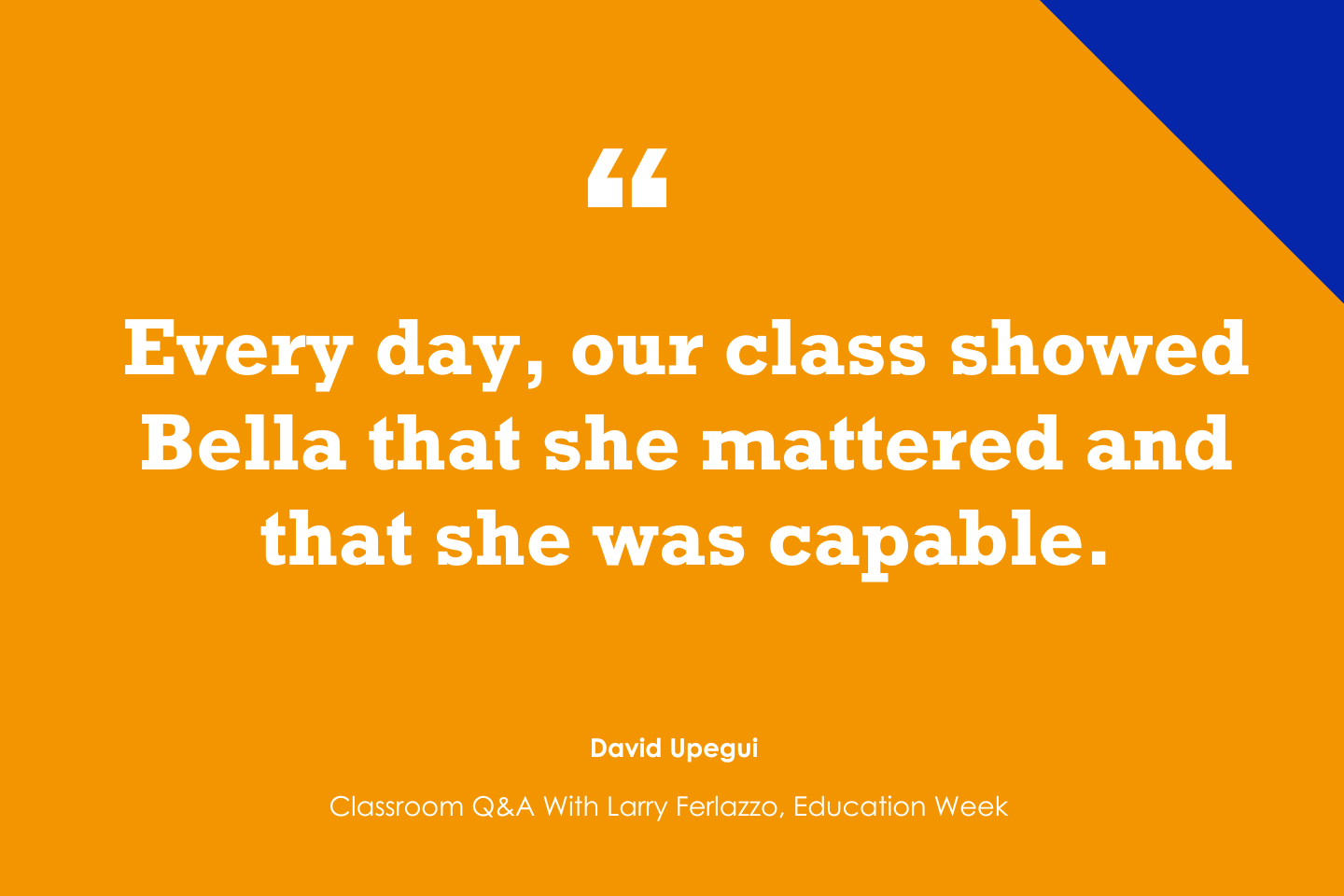By: Jennifer Kabaker
In states across the nation, we see growing momentum to shift education systems to be more personalized, competency-based, and equitable. About ten years ago, only about a dozen states were working to create waivers and flexibility from seat-time-based credits. Today, every state has some sort of policy in support of competency-based systems. While that progress is truly remarkable, there is more work to be done. How might state policymakers interested in creating more relevant, meaningful, and personalized systems continue to build on this momentum?
The Aurora Institute has spent years working with states looking to advance competency-based systems, and has identified a set of key state policy levers that policymakers can put into action to build more personalized and competency-based systems. These shifts should be guided by a vision–co-constructed with local leaders, community members, students, and families–for what students need to know and be able to do upon graduating.
Here are six levers state policymakers can put in place now to set up their systems for future success:
Establish a Vision by Developing a Profile of a Graduate
A Profile of a Graduate (PoG), also known as a Portrait of a Graduate, describes the essential knowledge, skills, and dispositions each learner needs to excel in post-secondary learning experiences, careers, and civic life. State PoGs serve as guiding visions, designed in consultation with communities and public stakeholders, and can be used as inspiration for more district-level PoGs. Additionally, state leaders could consider embedding this portrait model in the whole system: including leadership, educators, self-portraits and more.
Example: The Profile of a Virginia Graduate describes the knowledge, skills, experiences, and attributes that the state believes its graduates need to be successful in college and/or the workforce and to be “life ready.” A life-ready Virginia graduate must: achieve and apply appropriate academic and technical knowledge (content knowledge); demonstrate productive workplace skills, qualities, and behaviors (workplace skills); build connections and value interactions with others as a responsible and responsive citizen (community engagement and civic responsibility); and align knowledge, skills and personal interests with career opportunities (career exploration). Source: Virginia DOE
Create the Conditions for Equitable Learner-Centered, Competency-Based Education Systems
State policymakers should use their Profile of a Graduate to guide the creation of new policies and structures that support that vision, including identifying which existing state policies do not support that vision and then working to create greater alignment. For example, states may look to create innovation zones to ensure that schools and districts have the guidance and supports necessary to take advantage of opportunities for flexibility, or work to create and launch competency-based education pilots that support educators and school leaders in the design and implementation of new teaching and learning approaches that support the state vision of student success.
Example: In 2016, the Idaho State Department of Education was authorized to approve 10 innovation schools per year, over a five year period. The Idaho code of law notes, “participating schools and districts will evaluate existing laws and administrative rules to receive flexibility from laws and policies that impede local autonomy, allowing them to be agile, innovative, and empowered to adapt to local circumstance.”
Transform Systems of Assessments
Moving away from an over-reliance on large-scale, summative assessments means supporting more balanced systems of assessments that support meaningful, positive, and empowering learning experiences for learners and yield timely, relevant, and actionable information. To enable this shift, state policymakers can support the development of local competency-based performance assessments or portfolios, and invest in building assessment literacy among administrators, educators, and others, among other things.
Example: New Mexico is working to move away from standardized assessments in graduation requirements through its New Mexico Capstone Community of Practice. Communities across the state are developing Portraits of a Graduate and multi-year capstone programs aligned with those Portraits as alternative forms of assessment.
Align Accountability and Data Systems
By aligning accountability and data systems with state Profiles of a Graduate, state leaders can ensure that they’re collecting the information they need to determine whether students are on a path to success and holding systems accountable for student progress. A key piece of this work is developing a reciprocal accountability approach, where all parties–educators, administrators, families, learners, and community members–are accountable to each other for outcomes and goals to create an environment where each party works together to achieve success. State lawmakers can also support the development of digital learning and employment records infrastructure and digital wallets that learners own for a lifetime of building knowledge and skills.
Example: New Zealand offers a case study of reciprocal accountability systems by balancing national benchmarks and structures with local autonomy in operationalizing expectations. The country centers its accountability system on a transparent, results-based outcomes framework that is shared with communities, families, students, and stakeholders.
Support Educators to Thrive in a Competency-Based System
Shifting to a competency-based system means shifting teaching practice and requires state policymakers to be intentional about supporting educators in this shift. One way state policymakers can do this is by working with educators to co-design state guidance around creating more collaborative roles and communities of practice for educators. Additionally, state policymakers should ensure educator licensure and credentialing can be awarded based on demonstrations of mastery, including competency-based validation of skills.
Example: A micro-credential program developed by UCLA’s ExcEL Leadership Academy was approved for ESOL teacher certification in Rhode Island. The program offers a progression of 12 micro-credentials focused on the skills and competencies educators need to serve multilingual learners (MLLs) effectively. For more examples of educator competencies, check out the Portrait of an Educator Gallery.
Redesign Learning Experiences
State policymakers can set the stage for learners to engage deeply in real-world, meaningful, and future-focused learning experiences. For example, they can decouple academic progress from seat time, age, or grade level, enabling students to progress based on demonstrations of knowledge and skills through a variety of pathways. They can also develop policies to support district and school leaders to provide students with hands-on, high-quality work-based learning experiences co-developed with employers and learning community partners.
Example: In Alabama, state leaders are developing in-demand career pathways that align with workforce development programs, such as industry-recognized and registered apprenticeships through the state’s Office of Apprenticeship.
State policymakers play a key role in creating the conditions necessary for young people to thrive in their educational experiences. Taken together, these levers can set the stage for advancing more equitable and effective K-12 systems that support the needs of each learner, in turn, building brighter futures for all of us.
The post 6 Ways State Policymakers Can Build More Future-Focused Education Systems appeared first on Getting Smart.
State policymakers can play a key role in shifting education systems to be more learner-centered and future-focused. Here are six ways they can get started.
The post 6 Ways State Policymakers Can Build More Future-Focused Education Systems appeared first on Getting Smart. Ed Policy, New Pathways, Policies & Systems, workforce development Getting Smart








